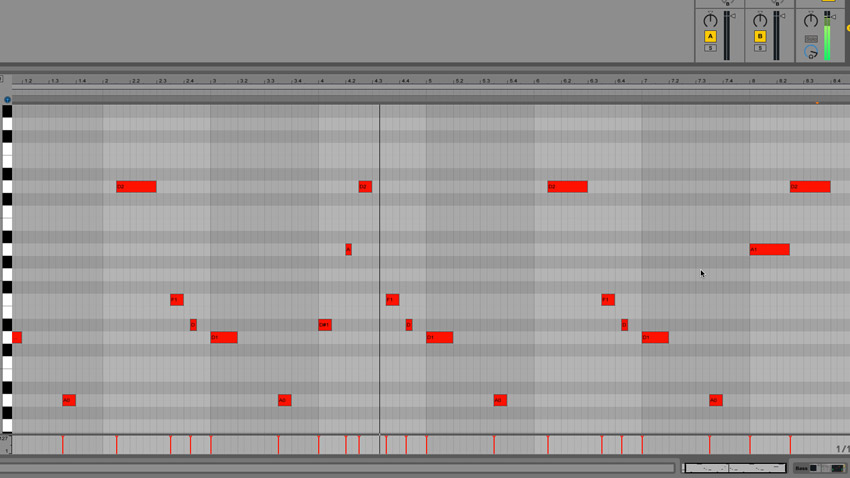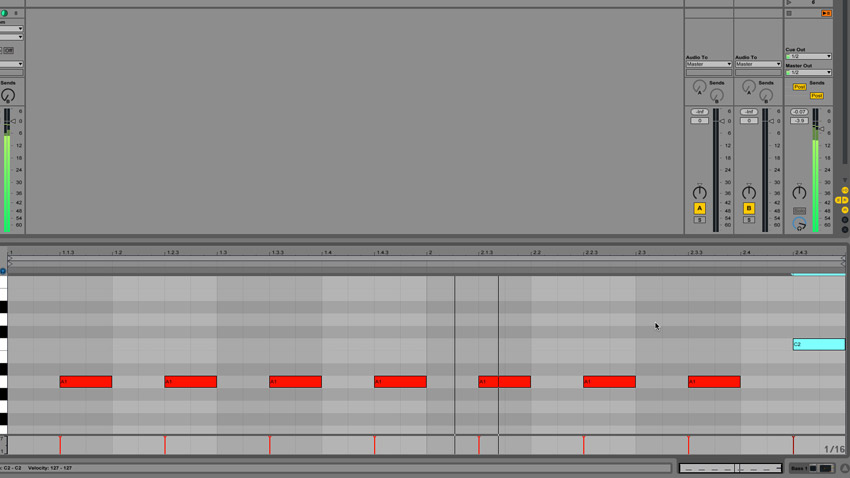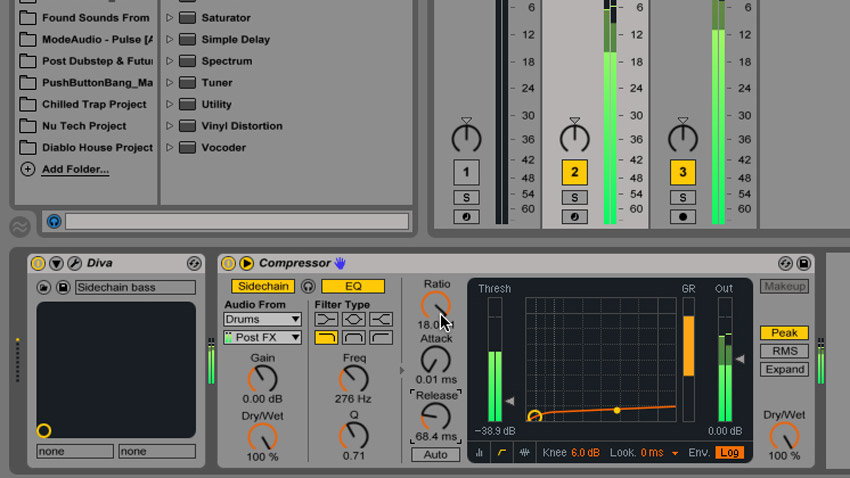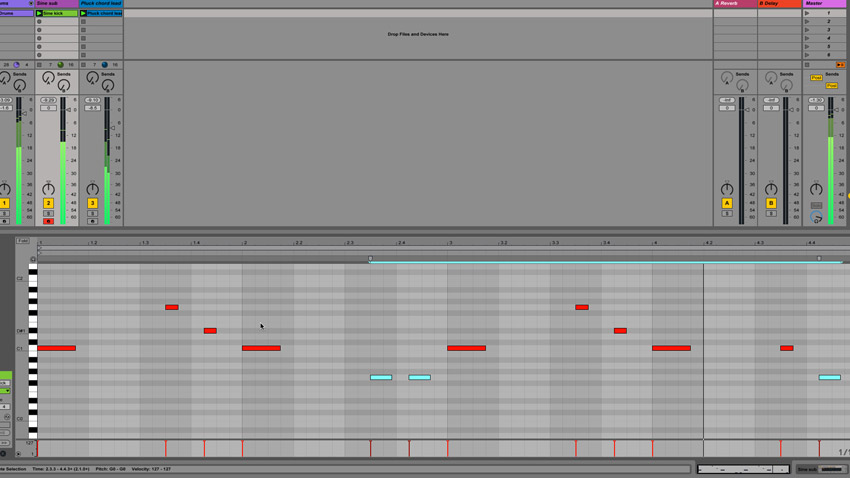Beat programming: get your kick and bass working together
Get your in-box rhythm section grooving with our step-by-step guide

In every genre involving a drum kit, whether acoustic or electronic,
the interaction between drums and bass is the key to achieving a powerful, energetic rhythm section.
We can be even more specific and narrow it down to the partnership of kick drum and bass
Actually, we can be even more specific and narrow it down to the partnership of kick drum and bass, as we’re really talking about making those two particular low-end elements work together to bring solidity and vibe to the all-important bottom end of the mix – the foundation of any groove, on which the hi-hats, snare and other percussion have no direct bearing.
In very general terms, the bass should follow the kick, and that can mean anything from the two sounds literally landing at the same time, note for note, to the bassline weaving around the kick drum, each one filling the low-frequency void created when the other isn’t present, to a combination of the two.
Indeed, there are countless ways to get these inextricably linked instruments to support and complement each other, and in this tutorial, we’ll walk you through three of the most ubiquitous and straightforward.

Step 1: Let’s start with a bassline following a kick drum. Here’s a 170bpm drum ’n’ bass drum loop under which we place a bass synth note on every kick drum hit. The kick is overwhelmed by the attack of the bass, but a compressor on the synth filtered to key only off the lowest frequencies in the drum loop gives it space.

Step 2: The combination of kick and bass is certainly hard and driving, but there’s not much to it. The gaps between kick drums present a great opportunity to throw some shapes with the bassline, almost turning it into a lead. The two kicks under the long note at the end of the eight-bar phrase bring the drums back into focus.

Step 3: In classic trance and certain other four-to-the-floor styles, it’s standard practice to place bass notes on the offbeats in between kick drum hits, and there are two ways of doing this. The first is to simply program or play a short-release bassline with notes on every offbeat.
Want all the hottest music and gear news, reviews, deals, features and more, direct to your inbox? Sign up here.

Step 4: The second is to call up a sustaining bass sound in your synth, program a single long note triggering it, then use the kick drum to punch holes in it via sidechain compression. If you’re using a full drum loop, as we are here, you’ll need to filter the sidechain to only respond to the kick.

Step 5: In trap and hip-hop, the kick drum and bassline are often so inseparable as to be considered almost a single sound. Here’s a loop with a punchy but short kick drum. Underpinning it with a sine wave gives it weight and sustain. The attack needs to be long enough to allow the kick transient through first.

Step 6: With the sine wave synth set up and shadowing the kick drum, we're free to get creative with it. We can shift the notes up and down to turn it into a pitched bassline, and experiment with their lengths to alter the timing and movement of the part. The end result is a hybrid kick/bass that brings the two sounds together nicely.
Computer Music magazine is the world’s best selling publication dedicated solely to making great music with your Mac or PC computer. Each issue it brings its lucky readers the best in cutting-edge tutorials, need-to-know, expert software reviews and even all the tools you actually need to make great music today, courtesy of our legendary CM Plugin Suite.
